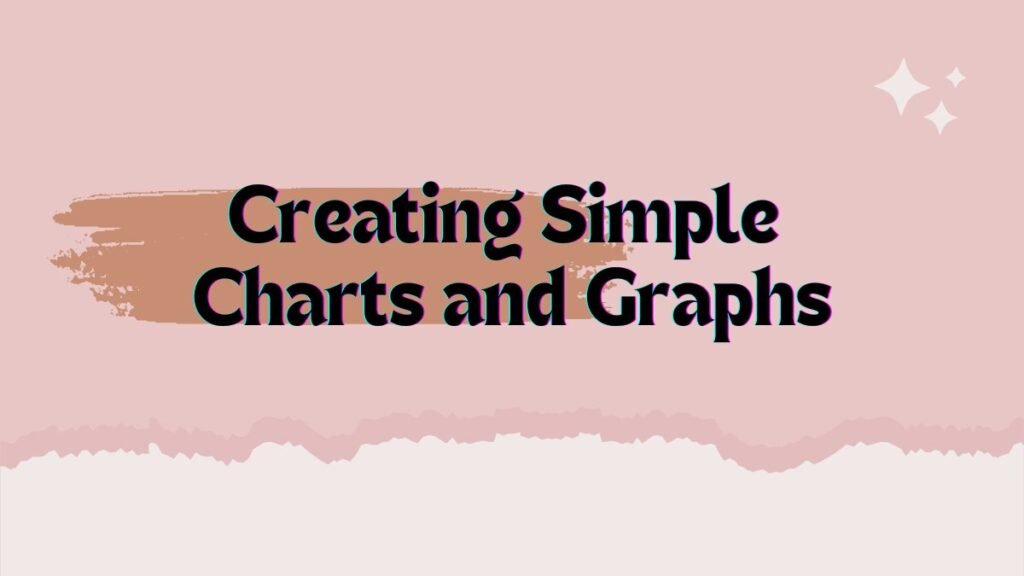Excel Tutorial for Beginners: How to Use Excel Like

Excel tutorial for beginners tool that is widely used in both personal and professional settings for data management, analysis, and visualization. If you’re new to Excel, it might seem overwhelming with its grid of cells, formulas, and features. However, with a basic understanding of its functionality, you can harness its potential to streamline tasks and make data-driven decisions. This guide is designed to help beginners understand the essentials of Excel, offering a solid foundation to build upon.
Understanding Excel Basics
Before diving into the more complex features of Excel, it’s essential to grasp the basics. Excel operates on a grid-based system where data is organized in rows and columns. The intersection of these rows and columns is called a cell, and each cell can contain data such as text, numbers, or formulas.
Navigating the Excel Interface
When you open Excel, you are greeted with a spreadsheet consisting of rows and columns. The rows are labeled numerically (1, 2, 3, etc.), and the columns are labeled alphabetically (A, B, C, etc.). The cell address, like A1 or B2, indicates a specific location on the sheet. Understanding this layout is crucial as it forms the basis of how you interact with your data.
How to Enter Data in Excel
Entering data into Excel is straightforward. Click on the cell where you want to input your data, type the information, and press Enter. You can input numbers, text, dates, and formulas into these cells. For example, you might enter “Sales” in cell A1 and the sales figures for different months in cells A2 to A6.
Using Data Types Effectively: Excel Tutorial for Beginners
Excel can handle various data types, including text, numbers, dates, and logical values like TRUE or FALSE. Understanding these data types is essential because different types of data will react differently to functions and formulas. For example, using text in a mathematical formula will cause an error.
Must Visit: Twist Tale
Introduction to Excel Formulas and Functions
A formula in Excel always begins with an equals sign (=), followed by the mathematical operation you want to perform.
Creating Simple Charts and Graphs

Excel’s ability to visualize data through charts and graphs is one of its standout features. You can create bar charts, pie charts, line graphs, and more to represent your data visually. To create a chart, select the data you want to visualize, go to the “Insert” tab, and choose the chart type that suits your needs.
Choosing the Right Chart Type
Selecting the correct chart type is crucial for accurately representing your data. For instance, use a bar chart to compare different categories, a line graph for trends over time, and a pie chart to show proportions. Choosing the right chart will make your data more understandable and impactful.
Formatting Tips for Excel Spreadsheets: Excel Tutorial for Beginners
Formatting is key to making your spreadsheet look professional and easy to read. Excel offers various formatting options, including font styles, cell colors, and borders, to help organize your data.
Conditional Formatting
Conditional formatting is a useful feature that changes the appearance of cells based on specific criteria. For example, you can highlight cells that contain values above a certain number or change the cell color if the date is past due. This makes it easier to identify trends and outliers in your data.
Working with Multiple Worksheets: Excel Tutorial for Beginners
Excel allows you to work with multiple sheets within a single workbook. This feature is particularly useful when dealing with large datasets or related data that you want to organize separately. You can reference data from one sheet to another, creating a dynamic link between them.
Linking Data Across Sheets
Linking data across different worksheets can save time and reduce errors. For example, you can use formulas like =Sheet2!A1 to reference data from cell A1 on Sheet2. This feature ensures that when the data in Sheet2 changes, the linked data on the current sheet updates automatically.
Understanding Excel Functions Tutorial
Excel functions are more than just tools for mathematical calculations; they can also manipulate text, analyze data, and work with dates and times. Functions like VLOOKUP, HLOOKUP, and IF are crucial for beginners looking to expand their skills.
Using the IF Function: Excel Tutorial for Beginners
The IF function is one of Excel’s most popular functions, used for logical comparisons. It allows you to create conditions that return different values depending on whether the condition is true or false. For instance, =IF(A1>100, “High”, “Low”) checks if the value in cell A1 is greater than 100 and returns “High” if true or “Low” if false.
Spreadsheet Tips for Beginners
Learning a few spreadsheet tips can significantly improve your efficiency when using Excel. Simple shortcuts and strategies can help you navigate the software more effectively.
Learn Excel Online

For those who want to dive deeper into Excel, numerous online resources are available. Websites like Microsoft’s official Excel support page, YouTube tutorials, and online courses can provide comprehensive lessons tailored to different skill levels.
Benefits of Online Excel Tutorials: Excel Tutorial for Beginners
Online tutorials offer the flexibility to learn at your own pace and focus on areas where you need the most help. Whether you’re looking to master advanced functions or simply improve your data entry skills, there’s a tutorial out there for you.
Conclusion
Excel is a versatile tool that can simplify complex data tasks, making it an invaluable skill in today’s data-driven world. Whether you’re organizing personal finances, tracking project progress, or performing detailed data analysis, mastering the basics of Excel will set you on the path to becoming more productive and efficient. As you continue to explore its features, you will find countless ways to apply Excel in both your personal and professional life.
FAQs
What are the basic Excel functions every beginner should know?
The basic functions include SUM, AVERAGE, MIN/MAX, and COUNT, which are essential for performing basic calculations and data analysis.
How can I learn Excel online for free?
Many websites, such as Microsoft’s official site and platforms like YouTube, offer free tutorials that cover everything from beginner to advanced Excel skills.
What is the distinction between a recipe and a capability in Succeed?
A formula is a user-defined operation, while a function is a predefined calculation provided by Excel to simplify common tasks.
How do I use conditional formatting in Excel?
You can apply it from the “Home” tab under the “Conditional Formatting” menu.
Why should I learn Excel as a beginner?
Learning Excel is beneficial as it helps with data organization, analysis, and visualization, which are valuable skills in almost any professional field.
Read More: Microsoft Office Download on Laptop




